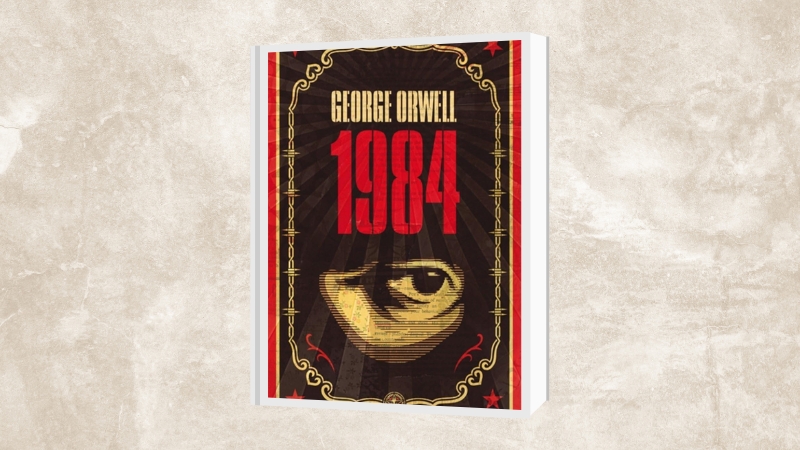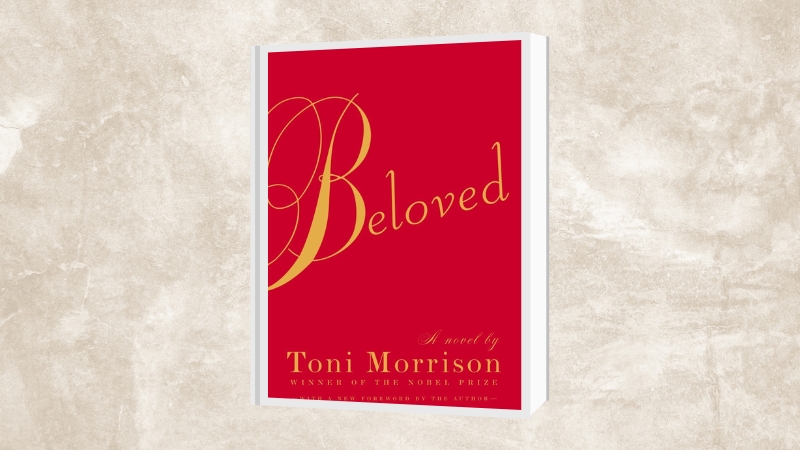These aren’t just classics you’re “supposed” to read—they’re books that actually have something to say.
Each one deals with things that start to matter more as you get older: identity, ambition, power, memory, and what it means to live in the world with some sense of purpose.
They’re not perfect, and they don’t try to be.
But they’ll make you think, maybe shift how you see things, and stick with you long after you finish them.
If you’re in your 20s or somewhere close, these are worth your time.
1. The Great Gatsby
The Great Gatsby is a sharp and poignant dissection of 1920s America. Through its polished prose and symbolic storytelling, Fitzgerald captures a generation’s obsession with wealth and status. The novel centers around Jay Gatsby, a mysterious millionaire with an enigmatic past and an unattainable dream—winning back his former lover, Daisy Buchanan. Narrated by Nick Carraway, a Yale graduate and newcomer to Long Island’s opulent lifestyle, the story unfolds against a backdrop of Jazz Age extravagance and moral decay.
Title
The Great Gatsby
Author
F. Scott Fitzgerald
Genre
Tragedy, Historical Fiction
Published
1925
Main Themes
American Dream, Class, Love, Wealth
Setting
1920s Long Island and New York City
Protagonist
Jay Gatsby
Fitzgerald presents Gatsby as the embodiment of the American Dream—a man who reinvents himself to achieve success, only to find that his idealized future is built on illusion.
The novel critiques a society driven by materialism and superficial charm, where authenticity is scarce and social mobility is elusive. Gatsby’s tragic flaw is his unwavering belief that he can relive the past, a pursuit that ultimately leads to his downfall.
What makes The Great Gatsby resonate before 30 is its commentary on ambition, disillusionment, and identity. It asks difficult questions: What does success mean? What are we willing to sacrifice for love or reputation?
The book’s concise style, lyrical language, and enduring symbols (like the green light or the eyes of Dr. T.J. Eckleburg) make it both accessible and intellectually rich.
2. 1984
1984 is a dystopian masterpiece that explores the dangers of totalitarianism, mass surveillance, and the manipulation of truth. Orwell constructs a chilling world governed by the Party, where every action is monitored, language is weaponized, and independent thought is criminal. The story follows Winston Smith, a low-ranking party member in Oceania who secretly despises the regime and longs for rebellion and truth. The novel is a prophetic vision of how power can control not just behavior, but reality itself. Orwell introduces concepts like Big Brother, Newspeak, doublethink, and thoughtcrime—ideas that remain relevant in discussions about propaganda, government overreach, and freedom of expression. Winston’s inner conflict and eventual capitulation highlight the fragility of resistance in a highly controlled society. The narrative is stark, haunting, and ultimately tragic. Orwell’s prose is clear and economical, designed to drive home the terror of a society where language, history, and even logic are tools of oppression. Reading 1984 before 30 forces you to critically evaluate authority, truth, and personal autonomy. It’s a wake-up call for young adults navigating a world of increasing digital surveillance and political manipulation. The Catcher in the Rye captures the raw voice of teenage alienation like no other novel. Its narrator, Holden Caulfield, is a 16-year-old boy who has just been expelled from prep school. Over the course of a few days in New York City, he drifts through encounters with strangers, old acquaintances, and his younger sister Phoebe, all while grappling with the fear of adulthood and the pain of grief. Holden is an unreliable narrator—sarcastic, contradictory, and often immature—but deeply human. His critique of the “phony” adult world is both a defense mechanism and a sincere longing for honesty and connection. The novel doesn’t offer clear resolutions or moral lessons. Instead, it reflects the confusing in-between stage of adolescence, where one resists growing up while longing to find meaning. Salinger’s stream-of-consciousness style and informal language broke new ground in literary fiction, particularly in portraying youth in an authentic voice. For readers nearing 30, Holden’s struggle to define himself and find something real in a world of pretenses resonates powerfully. This book invites you to reflect on your own emotional development, how you define integrity, and what it means to “grow up” without losing your sense of self. Beloved is a profound and unsettling exploration of the legacy of slavery in America. Set in post-Civil War Ohio, the story revolves around Sethe, a formerly enslaved woman haunted—literally and figuratively—by her past. The ghost of her dead daughter, Beloved, returns to disrupt her home and force Sethe to confront the trauma she has tried to bury. Toni Morrison’s narrative is non-linear, often poetic, and rich in symbolism. The structure mirrors the psychological fragmentation caused by trauma, as memories surface unpredictably. The novel addresses themes of memory, motherhood, guilt, identity, and survival. Morrison insists that the horrors of slavery must not be forgotten, and she does so by giving voice to those who were historically silenced. What sets Beloved apart is how it fuses personal pain with collective history. Sethe’s act of infanticide, though horrifying, is presented within the context of a brutal system that denied her autonomy and humanity. Her desperate choice forces readers to grapple with moral ambiguity in the face of oppression. Reading Beloved before 30 expands your understanding of historical trauma, resilience, and the importance of memory. It’s a challenging, emotional experience that deepens empathy and confronts you with uncomfortable truths—essential for personal and cultural growth. Fahrenheit 451 is a cautionary tale about censorship and cultural complacency. In this dystopian future, books are outlawed, and firemen like protagonist Guy Montag are tasked with burning them. Society is addicted to fast-paced entertainment, shallow conversations, and instant gratification. Critical thinking and meaningful discourse are discouraged. Montag begins as a content servant of the system but becomes disillusioned after encounters with a curious young woman named Clarisse and witnessing a woman choose to die with her books. His growing awareness leads him to seek knowledge and eventually join a group of intellectual exiles committed to preserving literature. Bradbury’s writing is lyrical yet urgent. He doesn’t just mourn the loss of books—he warns of the death of intellectual curiosity and emotional depth. In a world increasingly obsessed with screens and distracted by digital noise, the novel’s relevance has only grown. For readers approaching 30, Fahrenheit 451 is a reminder of the need to think critically, preserve culture, and seek depth over distraction. It challenges you to resist conformity and to value the ideas that shape who you are. Reading these novels before 30 gives you a critical advantage: perspective. Each book highlights a different aspect of personal and societal reality—from identity and memory to power, freedom, and ambition. They don’t just inform; they equip you to navigate adulthood with more clarity and conviction. Some of these novels also serve as easy-to-read escapes, transporting you to different worlds while still offering profound lessons. These are not just stories—they are essential frameworks for thinking, growing, and making better choices.
Title
1984
Author
George Orwell
Genre
Dystopian Fiction, Political Fiction
Published
1949
Main Themes
Surveillance, Totalitarianism, Truth
Setting
Oceania, Dystopian Future
Protagonist
Winston Smith

3. The Catcher in the Rye
Title
The Catcher in the Rye
Author
J.D. Salinger
Genre
Coming-of-Age Fiction
Published
1951
Main Themes
Identity, Alienation, Adolescence
Setting
New York City, 1950s
Protagonist
Holden Caulfield
4. Beloved
Title
Beloved
Author
Toni Morrison
Genre
Historical Fiction, Magical Realism
Published
1987
Main Themes
Memory, Slavery, Identity, Trauma
Setting
Post-Civil War Ohio
Protagonist
Sethe

5. Fahrenheit 451
Title
Fahrenheit 451
Author
Ray Bradbury
Genre
Dystopian Fiction, Sci-Fi
Published
1953
Main Themes
Censorship, Knowledge, Individualism
Setting
Future Dystopian America
Protagonist
Guy Montag
Conclusion
